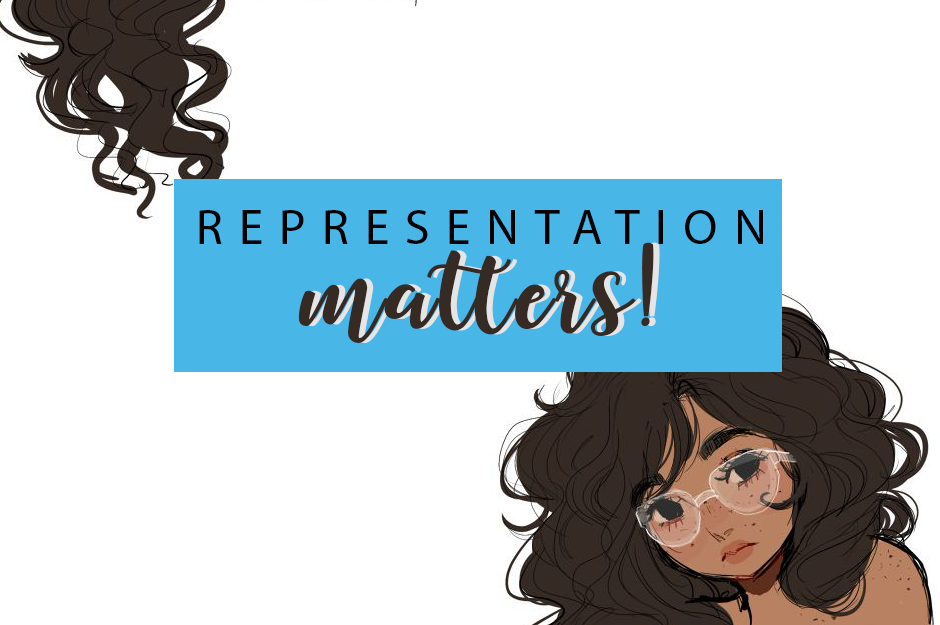 This week a friend of mine came to talk to me about Christopher Nolan’s INTERSTELLAR. Although I thought that the making of the movie was beautiful (the shots! the planets! the score!), I couldn’t simply set this aside and say it was a good movie because of the way the female characters were treated.
This week a friend of mine came to talk to me about Christopher Nolan’s INTERSTELLAR. Although I thought that the making of the movie was beautiful (the shots! the planets! the score!), I couldn’t simply set this aside and say it was a good movie because of the way the female characters were treated.
To recap the movie, Anne Hathaway is a brilliant NASA scientist who’s leading an expedition to see which planet is inhabitable for humanity since Earth’s dying. When we come to the middle of the movie and the spaceship of the expedition has only enough fuel to go to one of the planets, instead of making a very scientific decision, audience is fed a speech on the power of love, and instead of going to the planet that has the best prospects, she wants to go to the one where her boyfriend was.
Let me clarify: I’m not against the ‘power of love’ speech. I love it on some narratives. I’m just tired of seeing this speech proclaimed by female characters only to have someone shoot them down. Preferably a man, saying WOMEN ARE ILLOGICAL! It made me ughhh so hard on the theater. Jessica Chastain’s character is barely worth mentioning since she’s basically used as a plot device for Cooper, her dad and main character of the movie. (In the end, Anne Hathaway was right about the planet, but after that horrible speech, I didn’t even care anymore). The movie doesn’t come close to passing the Bechdel Test.
But no doubt, if you consider it in terms of craft, the movie is absolutely stunning. The space scenes are incredible, the music is beautiful and heartbreaking, the scenery and the camera do amazing work and the movie leaves the audience enthranced. But can you even consider it good craft if it fails so badly at something like basic script writing and representation?
The answer is no.
There are hundreds of books on crafting and by now, everyone is aware of the basic tests for diversity in a movie. The Bechdel test, the Mako Mori test, the DuVernay test and my new favorite, the Furiosa test (if it makes the Men’s Right Movement angry, it’s a must-watch). So it figures that people should already be able to try harder to insert good representation in their movies and books.
Unsurprisingly, this still doesn’t happen. We have so many bad books with bad representation out there. Even JK Rowling with her new Ilvermorny thing, where she appropriates Native culture so blatantly, and then proceeded to ignore all of the people calling her on it.
A lot of authors and movie people feel like they’re being attacked once bad representation is pointed in their work. The fact is, harmful stereotypes are propagated in books and media all the time. Last week, there was a great review of the “When We Was Fierce” book that points towards all of the mistakes in the representation of Black people. But the fact remains, with so many resources out there and sensitivity readers, bad representation should NOT be happening anymore.
Because at the core, bad representation is bad craft. It means you haven’t done enough research, it means you didn’t care enough about the book you’re writing that you wanted to take the writing to the next level. Or that you’re writing diversity because it’s “the thing” right now, and that you didn’t care enough about the people you’re writing about that you have done your best regarding representation.
When someone calls you out on bad representation, it means you’re a bad writer because you HAVEN’T DONE ENOUGH RESEARCH. At the core, bad representation is not only harmful to the people represented but harmful to you, as a writer, because it can be indeed considered bad writing.
I don’t want to say that bad writing is worse than harming people with bad representation. It isn’t. Loads of crappy books get published, and it’s not the core point. But it’s also a point we have to take into consideration, and one we have to watch out for. You want to write diversity, that’s fine. But the least you can do, as a writer, is know your craft, and make sure you work to improve it.
